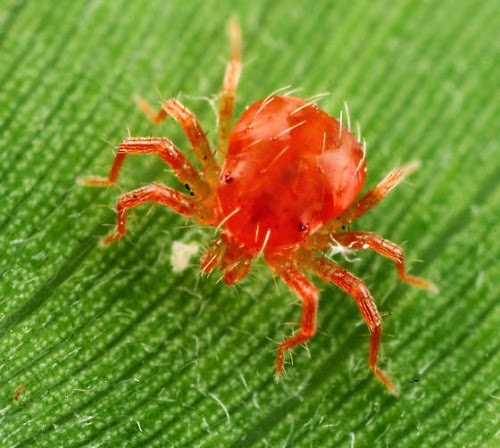

lunatus enzyme β-ocimene synthase that catalyzes the synthesis of ( E)-β-ocimene. tabaci infestation, as well as SA application, inhibited spider mite-induced jasmonic acid (JA) production and reduced the expression of two JA-regulated genes, one of which encodes for the P.

Phytohormone and gene-expression analyses revealed that B. tabaci infestation, we observed similar results in behavioral and chemical analyses. When using exogenous salicylic acid (SA) application to mimic B. This interference is shown to result from the reduction in ( E)-β-ocimene emission from plants infested by both spider mites and whiteflies. Additional whitefly infestation of spider-mite infested plants resulted in a reduced attraction of predatory mites ( Phytoseiulus persimilis) compared to attraction to plants infested by spider mites only. Here, we report the interference by a phloem-feeding insect, the whitefly Bemisia tabaci, with indirect plant defenses induced by spider mites ( Tetranychus urticae) in Lima bean ( Phaseolus lunatus) plants. However, little is known about how plants respond to infestation by multiple herbivores, particularly if these belong to different feeding guilds. Plants under herbivore attack are able to initiate indirect defense by synthesizing and releasing complex blends of volatiles that attract natural enemies of the herbivore.


 0 kommentar(er)
0 kommentar(er)
